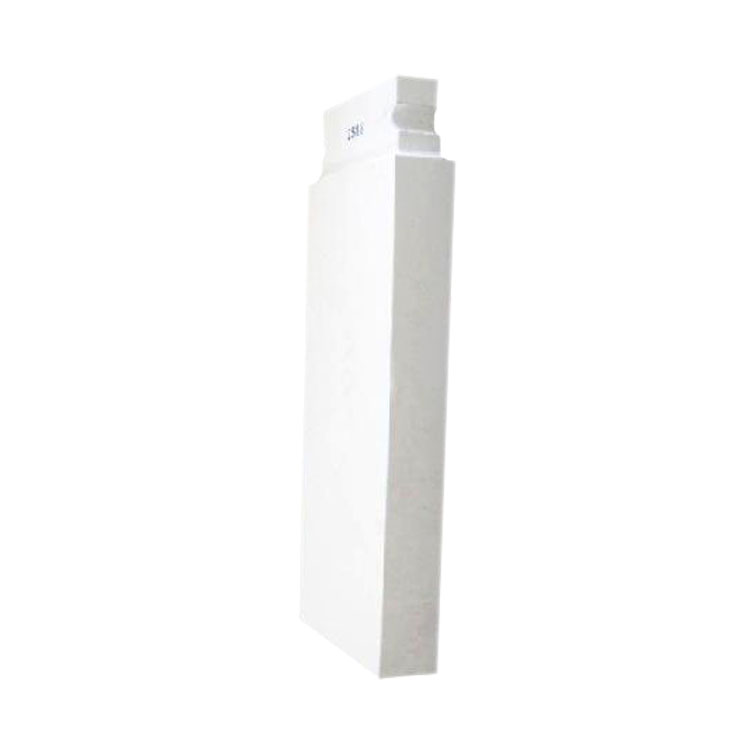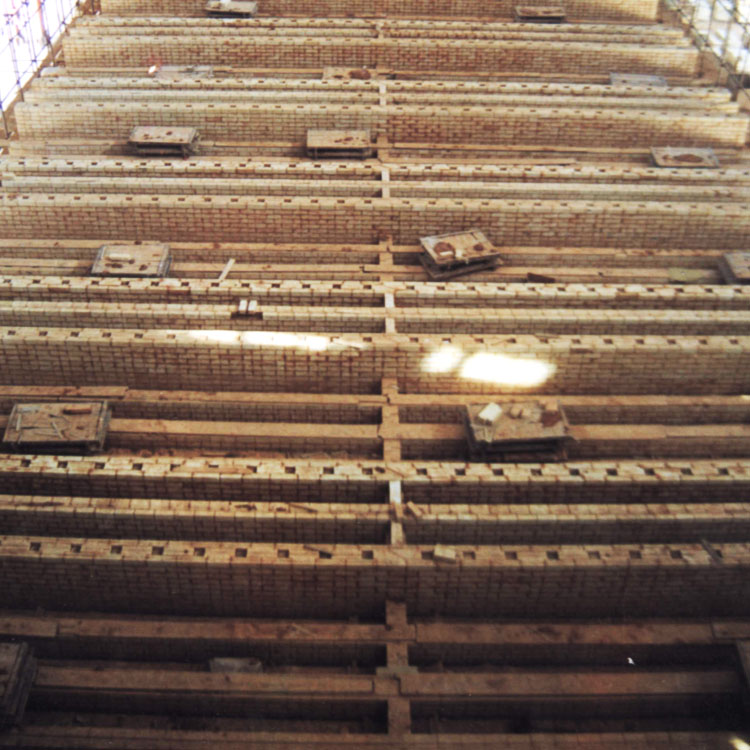
In the ceramic industry, high-temperature kilns play a crucial role in the firing process. However, they are constantly exposed to a series of challenges, such as high-temperature damage and chemical corrosion. High temperatures can cause thermal stress and deformation of the kiln lining, while chemical substances in the firing environment can erode the refractory materials, reducing their service life and affecting the quality of ceramic products. For example, in some large-scale ceramic production plants, the average service life of ordinary refractory materials in high-temperature kilns is only about 6 - 8 months, which leads to frequent replacements and increased production costs.
Corundum bricks are known for their outstanding technical characteristics. Firstly, they have high wear resistance. The hardness of corundum bricks can reach up to 9 on the Mohs scale, which enables them to withstand the friction caused by the movement of ceramic products and kiln equipment. Secondly, their corrosion resistance is remarkable. They can resist the erosion of various acidic and alkaline substances in the high-temperature environment. For instance, in a ceramic kiln firing alkaline ceramics, corundum bricks showed only 5% weight loss after 100 hours of continuous operation at 1500°C, while ordinary refractory bricks had a weight loss of up to 20%. Additionally, corundum bricks have a high refractoriness, with a melting point generally above 2000°C, and excellent chemical stability, ensuring stable performance in long-term high-temperature use.

In practical ceramic production, corundum bricks have demonstrated excellent application effects. A ceramic enterprise in Italy replaced the original refractory bricks with corundum bricks in its high-temperature kiln. After six months of operation, the production efficiency increased by 15% due to the stable performance of corundum bricks, which reduced the frequency of kiln shutdowns for maintenance. At the same time, the defective rate of ceramic products decreased from 8% to 3%, significantly improving the product quality. Moreover, the service life of corundum bricks in this kiln is expected to exceed 2 years, which is more than twice that of the original refractory materials.
A comparative analysis of corundum bricks and other common refractory materials is presented in the following table:
| Refractory Material | Wear Resistance | Corrosion Resistance | Refractoriness | Service Life |
|---|---|---|---|---|
| Corundum Bricks | High | Excellent | Above 2000°C | More than 2 years |
| Ordinary Refractory Bricks | Medium | Average | About 1500 - 1700°C | 6 - 8 months |

For small and medium-sized ceramic enterprises with limited budgets, they can choose to use corundum bricks in key parts of the kiln, such as the burner area and the area in direct contact with ceramic products, to improve the overall performance of the kiln without excessive cost. Large-scale ceramic enterprises, on the other hand, can fully adopt corundum bricks for the entire kiln lining. Although the initial investment is relatively high, in the long run, it can significantly reduce production costs due to the long service life and high efficiency of corundum bricks.
In conclusion, corundum bricks are an ideal choice for high-temperature kilns in the ceramic industry. Their outstanding technical characteristics and excellent application effects can help ceramic enterprises improve production efficiency, enhance product quality, and reduce production costs. By providing different solutions according to the actual situation of different enterprises, ceramic enterprises can make more scientific and reasonable choices in the selection of refractory materials. If you are looking for a reliable refractory material solution for your ceramic kiln, click here to learn more about our corundum brick products.



